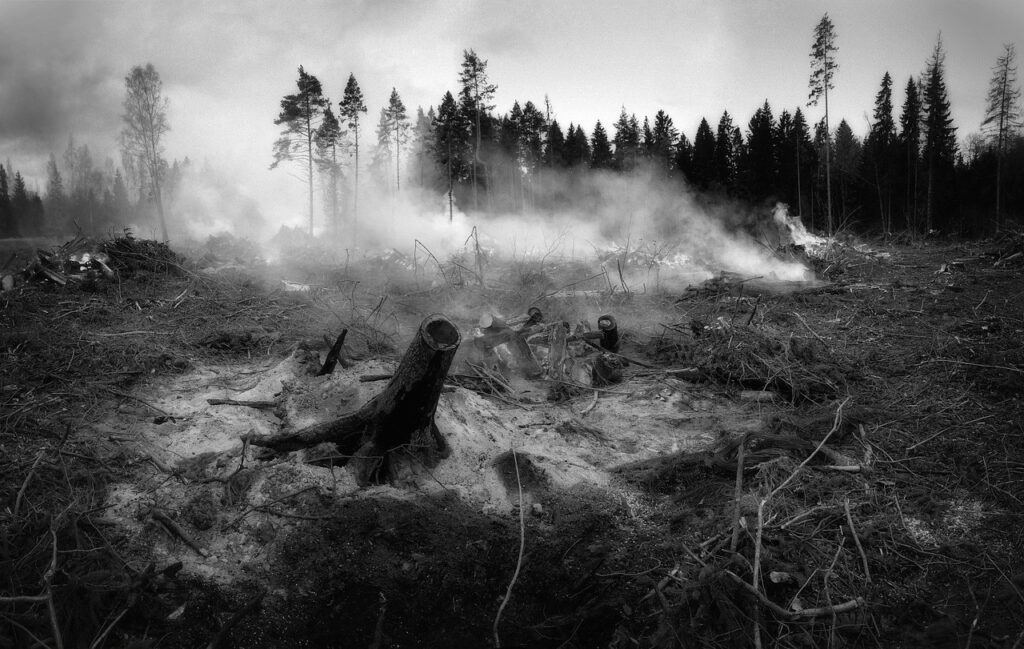At ISK, we have identified several relevant studies that analyze the statistics and causes of firefighter fatalities in wildfires due to entrapment or being caught in the fire:
- The studies by Gibos et al. (2022) address why, despite ongoing efforts, there is still a lack of knowledge on how to prevent firefighter entrapment in wildfires. The study suggests the need for a more comprehensive analysis of entrapment incidents to improve operational and strategic decision-making and reduce the risk of entrapment.
- Page, Freeborn, Butler, and Jolly (2019) reviewed relevant literature and synthesized existing data to advance our understanding of the causes of firefighter entrapments, noting that these typically occur when fire behavior rapidly deviates from expectations, becoming extreme and compromising escape routes.
- Penney, Habibi, and Cattani (2020) analyzed vehicle protection systems to improve firefighter survivability during entrapments and burnouts, identifying points of failure in existing systems and recommending increasing the performance threshold for these systems. It is through these types of system improvements that the ISK Fire Survival Kit® increases firefighters’ chances of survival.
- Cardil, Delogu, Mariano, Molina-Terrén, and Miguel analyzed wildfire fatalities in Sardinia in 2017. They identified entrapment as the most common cause of death among professional firefighters, accounting for 75.6% of cases. They also highlighted fire size and extreme weather conditions as key factors in the occurrence of fatalities. Implementing an entrapment response protocol, such as that achieved by deploying the ISK Fire Survival Kit® equipment, is the best solution for reducing these fatalities.
These studies highlight the complexity and multiple factors that contribute to firefighter fatalities in wildfires, including aspects of fire behavior, tactical and operational decisions, and the importance of adequate protective systems to improve firefighter safety.
